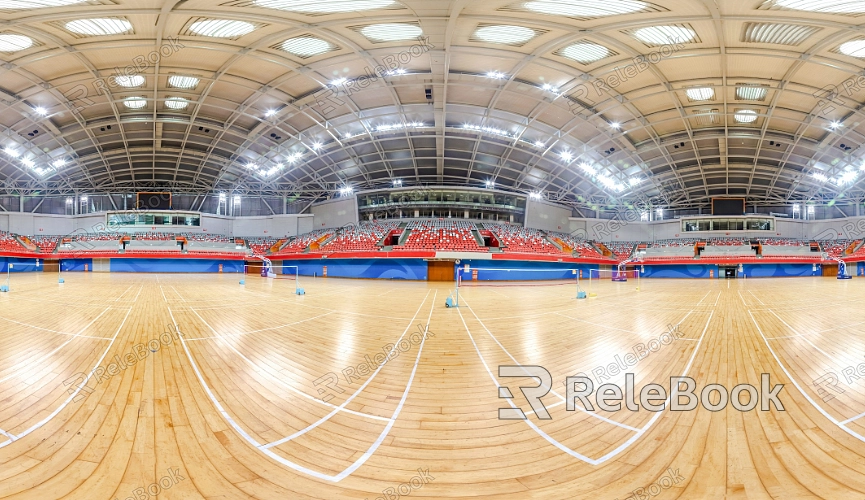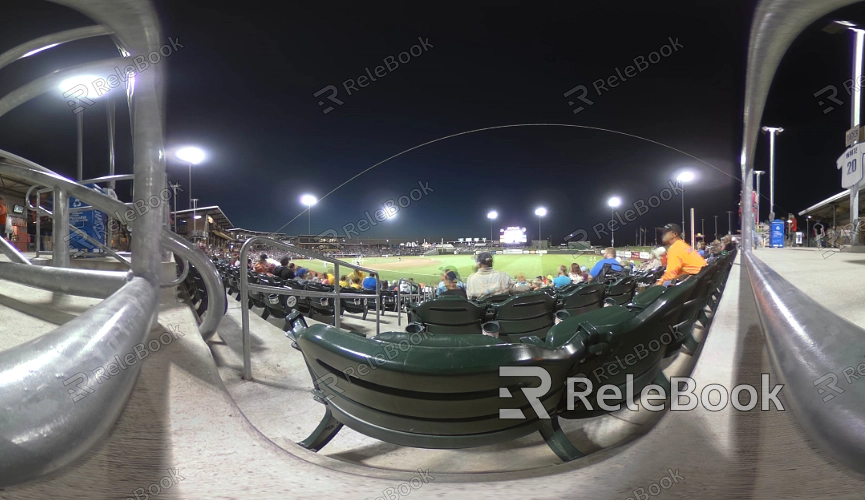What is the Difference Between Stadium Light HDR Texture and Other Lighting Textures?
When depicting dynamic scenes such as sports events, large gatherings, or outdoor settings, stadium light HDR textures provide not only high-quality lighting effects but also enhance the overall realism and atmosphere of the scene. Compared to other types of lighting textures, stadium light HDR textures offer unique advantages and characteristics. Here, we will explore the distinctions between stadium light HDR textures and other lighting textures.

1.Lighting Range and Detail
Stadium light HDR textures can capture a broader range of light and detail, making them particularly effective in both highlights and shadows. Unlike traditional lighting textures, HDR textures excel in handling high dynamic range scenes, ensuring that details remain intact even under extreme lighting conditions. This nuanced lighting performance is crucial for rendering complex environments.
2.Realism and Atmosphere
Using stadium light HDR textures allows designers to more easily create a realistic atmosphere. Compared to standard lighting textures, HDR textures can simulate more natural light distribution and reflections, enhancing the overall visual experience. For instance, in a sports scene, realistic lighting can amplify the audience's immersion, making them feel the energy of the event.
3.Flexibility in Light Source Simulation
Stadium light HDR textures are typically designed for specific environments, such as stadiums or large event venues. This makes them more versatile when simulating light sources in those particular settings. In contrast, other lighting textures may perform poorly in certain applications, failing to adapt to varying lighting needs.
4.Adaptability and Variety
Stadium light HDR textures are not limited to a single scene; they can be effectively used in various types of environments. Whether for sports events, concerts, or other large activities, HDR textures can meet the demands of different scenarios. Other lighting textures may feel restricted in certain contexts and may not provide the same level of adaptability.
5.Rendering Efficiency
The use of stadium light HDR textures can enhance rendering efficiency. Due to their design, which allows for a more even distribution of light, rendering engines can calculate lighting effects more quickly, reducing render times. In contrast, standard lighting textures often require more adjustments and settings to achieve similar results, adding complexity to the rendering process.

6.Color Representation and Saturation
Stadium light HDR textures typically offer more vibrant color representation, providing higher saturation levels. This characteristic allows the lighting in sports scenes to better highlight the colors of athletes and the environment. In comparison, other lighting textures may lack the richness in color representation, impacting the overall visual outcome.
7.Shadow Handling
HDR textures handle shadow effects with greater finesse. Because they can capture a higher dynamic range, the shadows produced by stadium light HDR textures are generally softer and more natural. This delicate shadowing is vital for creating a believable three-dimensional environment, whereas other lighting textures may produce harsher shadows.
8.Software and Tools Used
Designers can use a variety of 3D software, such as Blender, 3ds Max, or Maya, when working with stadium light HDR textures. These applications support the import and utilization of HDR textures, allowing designers to leverage their full potential. Some software may not achieve the same effectiveness with standard lighting textures, further emphasizing the value of HDR textures.
9.Future Developments and Technological Advances
As technology continues to evolve, stadium light HDR textures are likely to see even broader applications in the future. New rendering engines and tools will further enhance the capabilities of HDR textures, making their use more versatile and efficient across various scenarios.
Through this exploration, we have gained insight into the differences between stadium light HDR textures and other lighting textures. These distinctions not only affect rendering outcomes but also provide designers with greater creative possibilities. If you’re looking for high-quality HDR texture resources or other design assets for your 3D projects, consider visiting Relebook, where you can find a wealth of materials to help you achieve outstanding visual results in your work.

